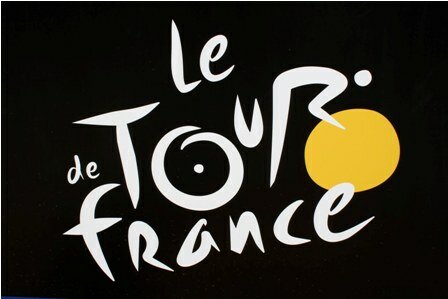These following facts about Le Tour de France should make you feel warmed up as it’s only held once a year in France. As you know, Le Tour de France is an annual multiple stage bicycle race primarily held in France, while also occasionally making passes through nearby countries. It was first organized in 1903 to increase paper sales for the magazine L’Auto and is currently run by the Amaury Sport Organization. To get to know more about the race, here are the other facts about Le Tour de France you may consider interesting.
Facts about Le Tour de France 1: Oldest Tour
The Le Tour de France, the Giro d’Italia and Vuelta a Espana make up cycling’s prestigious, three-week-long Grand Tours; the Tour is the oldest and generally considered the most prestigious of the three.
Facts about Le Tour de France 2: Rute
Traditionally, the race is held primarily in the month of July. While the route changes each year, the format of the race stays the same with the appearance of at least two time trials, the passage through the mountain chains of the Pyrenes and the Alps and the finish on the Champs-Elysees in Paris.
Facts about Le Tour de France 3: First Tour
The first Tour de France was staged in 1903. The plan was a five-stage race from 31 May to 5 July, starting in Paris and stopping in Lyon, Marseille, Bordeaux and Nantes before returning to Paris.
Facts about Le Tour de France 4: Yellow Jersey
The leader of the Tour wears the yellow jersey. The reason for this is because yellow was the colour of L’Auto, the magazine that the race was launched in order to promote further.
Facts about Le Tour de France 5: Tourist-routiers
The first Tours were open to whoever wanted to compete. Most riders were in teams that looked after them. The private entrants were called “touriste-routiers” – tourist of the road – from 1923 and were allowed to take part provided they make no demands on the organizers.
Facts about Le Tour de France 6: Distances
The Tour originally ran around the perimeter of France. Cycling was an endurance sport and the organizers realized the sales they would achieve by creating supermen of their competitors. Night riding was dropped after the second Tour in 1904, when there had been persistent cheating when judges could not see riders.
Facts about Le Tour de France 7: Advertising Caravan
The Tour changed in 1930 to a competition largely between teams representing their countries rather than the companies that sponsored them. The costs of accommodating riders fell to the organizers instead of the sponsors and Henri Desgrange, the editor of L’Auto, raised the money by allowing advertisers to precede the race.
Facts about Le Tour de France 8: Prize
Prize money has always been awarded. From 20,000 old francs the first year, prize money has increased each year, although from 1976 to 1987 the first prize was an apartment offered by a race sponsor. The first prize in 1988 was a car, a studio-apartment, a work of art and 500,000 francs in cash. Prizes only in cash returned in 1990.
Facts about Le Tour de France 9: Classifications
A few riders from each team aim to win overall but there are three further competitions to draw riders of all specialties: points, mountains, and a classification for young riders with general classification aspirations.
Facts about Le Tour de France 10: Stages
Riders in most stages start together. The first kilometres, the “depart fictif””, are a rolling start without racing. The real start, the “depart reel” is announced by the Tour director waving a white flag. Riders are permitted to touch, but not push or nudge, each other. The first to cross the stage finish line wins the stage.
Those following facts about Le Tour de France should open your knowledge widely about what the tour was and how it was held. For you who love to cycle, if you want to try to join the tour, you may probably come registering yourself. Hope these Le Tour de France facts would be really interesting and useful for you.










 www.PortlandPayday.Loans
www.PortlandPayday.Loans